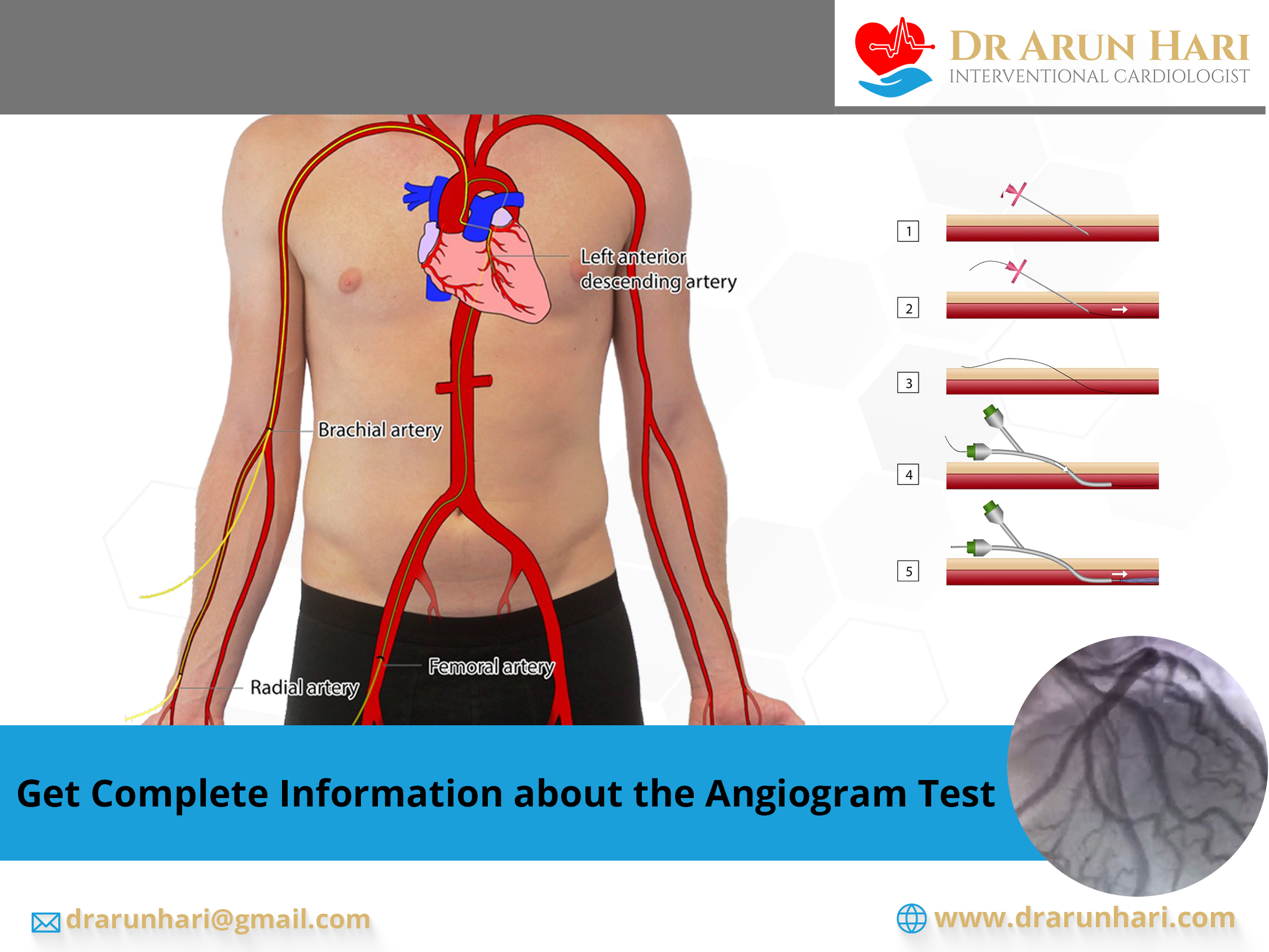Why Is an Angiogram Test Done?
Who Performs the Angiogram Test?
How Does the Angiogram Test Work?
What Is an Angiogram?
This test is a medical procedure used to visualize blood vessels. This test is often used to diagnose certain heart disorders such as Coronary Angioplasty and is also useful for treating heart conditions. Doctors perform this test using x-ray equipment; however, they will sometimes perform this test without using x-ray equipment. For further specialized procedures, consulting a Heart Specialist in Abu Dhabi might be necessary. Patients may feel more comfortable during an angiogram by wearing loose clothing and bringing a book because this makes them feel less nervous before the exam. This preparation can be beneficial for those managing Heart Failure & Its Treatment.
Why Is an Angiogram Test Done?
This test is usually performed to diagnose certain heart disorders or to treat abnormal heart rhythms in children and adults with chronic disease conditions. However, some people find that their health improves after undergoing the test because it reduces their anxiety levels. Additionally, those who have achy joints may find that sitting upright in a chair for hours helps them feel more comfortable during their exam. For those with Congenital Heart Disease, a detailed examination by a Cardiologist in Abu Dhabi may be crucial.
Who Performs the Angiogram Test?
Interventional cardiologists usually perform such tests. Doctors perform this test to diagnose certain heart disorders such as Heart Failure & Its Treatment, and may also recommend follow-ups with a Regain Pace with a Pacemaker specialist. For example, doctors perform the tests for children who are prone to slow heart rhythms. They also perform this test when a child has murmurs in his throat or when symptoms of mitral valve prolapse occur in adults.
How Does the Angiogram Test Work?
First, a doctor will insert a catheter into a blood vessel in the patient’s arm or leg. He will then inject a special dye into the catheter. The dye flows through the blood vessels and images those vessels on a television screen. This process is known as an angiogram, and the images the x-ray produces are known as an angiogram image. After the test, the doctor will remove the catheter and the patient will feel relief since he no longer need sit still while his vessel filled with dye. The anesthetist will then help the patient relax before he receives an aesthetic. For concerns about the procedure, consulting with a heart specialist in Abu Dhabi can provide additional reassurance. After receiving anaesthesia, the patient will undergo surgery to insert a heart valve into his artery. That operation is called an angioplasty, and it allows doctors to treat heart disease with less risk of death.
Angiogram Recovery
Patients can go home the same day of the test, even if they have had angioplasty and/or stenting. Since the patient receives anesthesia, some attendant is needed to drive the patient to his home. On reaching home, it is advised not to lift objects heavier than ten pounds and also not to bend/stoop for the next 2 consecutive days. This helps to stop the bleeding from the cut. A proactive attendant must stay with the patient overnight after this procedure has been performed. In some cases, however, some patients may need to stay at the hospital only for recovering from an angiogram.
Contact Dr. Arun for an Angiogram Test
If you think you need to get an Angiogram test done, first and foremost, it is best to consult a good practitioner. You can contact Dr. Arun for the best advice in this regard. If needed, you can get the testing done at his clinic, and you can also keep follow up visits if any further advanced treatment is required as per his guidance.






